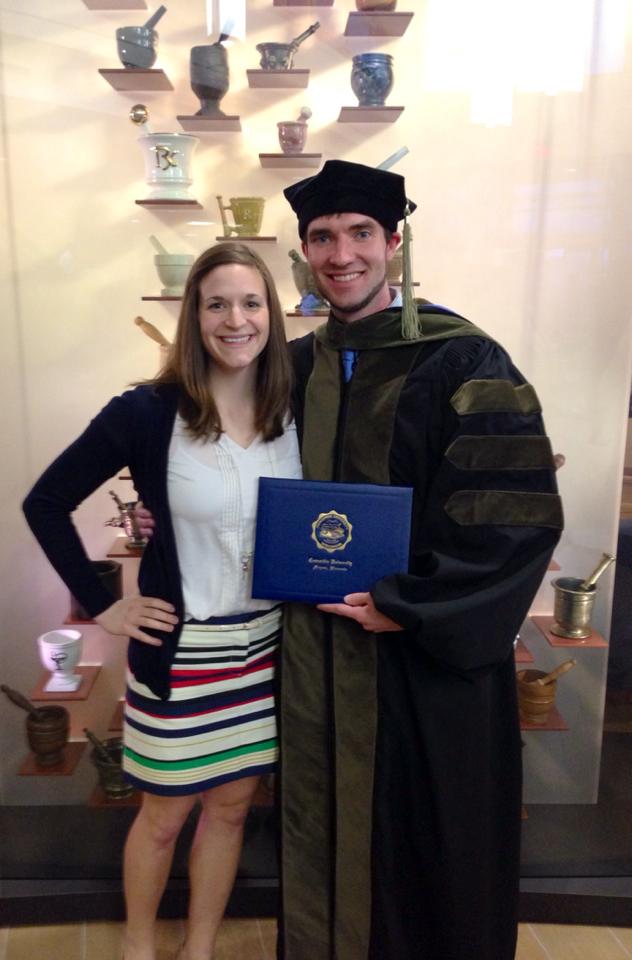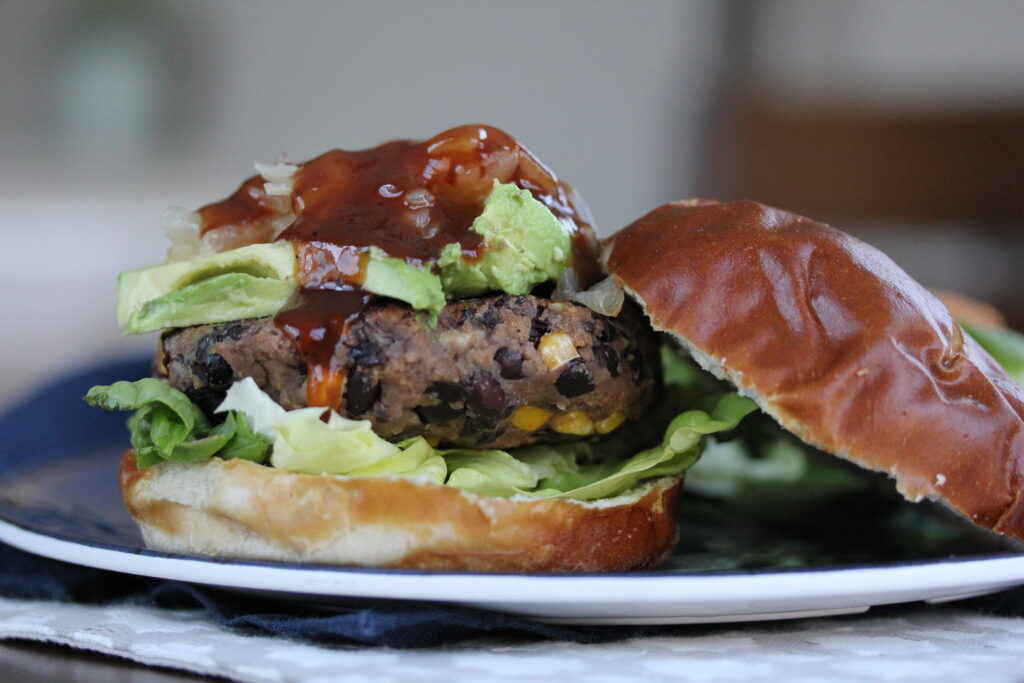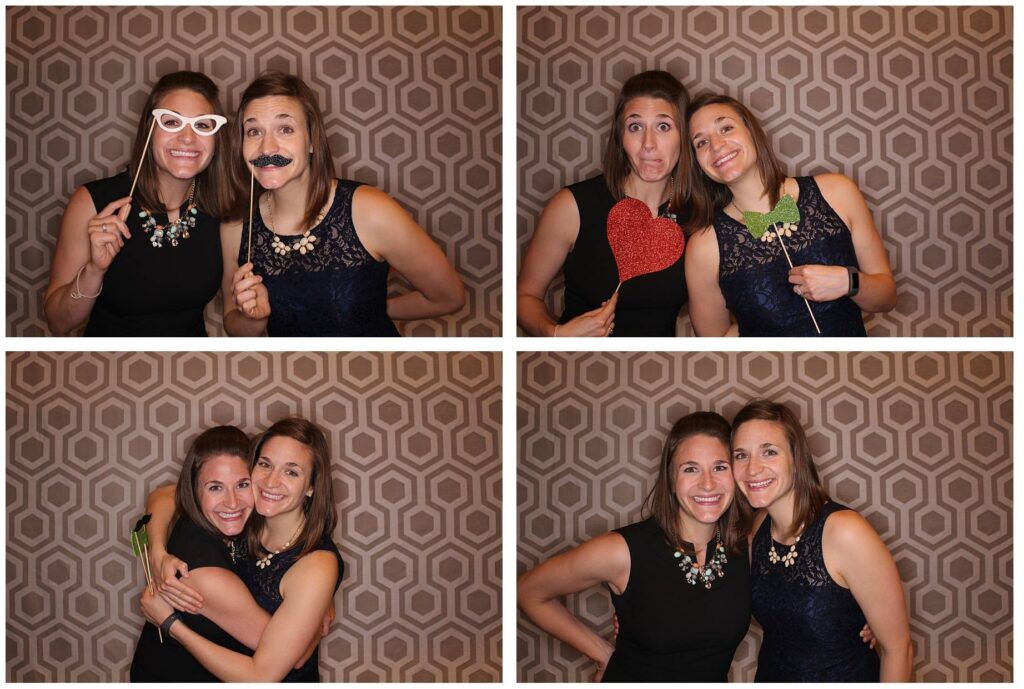Podcast Features
What do you want to learn more about?
Mentorship Program, 1:1 Nutrition Coaching with Alison
The Wholesome Journey - Group Nutrition Coaching Program
February 23, 2018
Alison Tierney, MS, RD, CD, CSO
Alison is a registered dietitian, board-certified in oncology nutrition, and a cancer thriver. Her expertise in oncology nutrition and personal experience with her own cancer diagnosis and its treatment provide her with the unique perspective of being able to relate to her clients on an entirely different level. Her content is consistently focused on evidence-based guidelines and seeks to increase the awareness of the power of nutrition to complement traditional cancer therapies.
- Alison Tierney, MS, RD, CD, CSOhttps://wholesomellc.com/author/alisonwholesomellc-com/
- Alison Tierney, MS, RD, CD, CSOhttps://wholesomellc.com/author/alisonwholesomellc-com/
- Alison Tierney, MS, RD, CD, CSOhttps://wholesomellc.com/author/alisonwholesomellc-com/
- Alison Tierney, MS, RD, CD, CSOhttps://wholesomellc.com/author/alisonwholesomellc-com/
If you missed Chapter 1, start here!
If you have been following my blog for a while, you know I am a proud nutrition nerd. I typically spend my time researching nutrition, particularly the effects of a whole-food, plant-based diet (WFPBD) on cancer and other chronic diseases, as it directly relates to my position as an oncology dietitian and a private practitioner. But faced with additional medication and possibly IVF, I found myself researching infertility more and more. Because, of course, I couldn’t stop thinking about the strong desire for a baby.

As it turns out, my research on the plant-based diet for cancer and other chronic diseases was also directly related to infertility. During the previous few months, I had become a vegetarian as I learned more about the negative impact of meat in one’s diet. And as someone who is highly competitive, especially with myself, I decided to not eat meat for one month and see how I felt without it. I started to feel better, so I stopped eating meat for good. Following that transition, I slowly started reducing dairy products. I’m a Wisconsin girl, so you can safely assume that cutting out dairy wasn’t easy for me. First I ditched drinking cow’s milk, then eating yogurt, and then ate cheese only occasionally. I would tell myself, “Okay, Alison, this week, limit your dairy consumption to one serving per day.” Then it quickly went from one serving per day, to three per week, to one per week, to only rarely.
As someone who grew up with a glass of cow’s milk at dinnertime, reduced-fat cheese sprinkled on tacos, or Greek yogurt for a “healthy” snack, I had long believed my diet was healthy. Even during dietetics school, this is what was commonly practiced and taught. Where else would you get protein from? How about iron? Calcium? As children and even as nutrition students, we were taught that animal products were the best sources of select nutrients. So I assumed a vegan or vegetarian diet was for those who focused on animal rights, not necessarily for health reasons, and was a rather extreme choice. Had you told me even one year prior to my transition that I would one day follow a vegan diet, I probably would have politely laughed but thought to myself, “You’re crazy.”
However, during this slow process of transitioning my diet to more plants and less animals, I noticed several changes. A decrease in my painful acne. Improvement in the unresolved GI issues I had struggled with since high school. And a slow but steady weight loss of the few pounds I had been wanting to lose but previously couldn’t, even with counting calories, closely watching portion sizes, and increasing physical activity.
It was during this transition that I started the first cycle of the medication to jump-start my period and induce ovulation. We followed my doctor’s instructions closely, taking careful notes and counting days on a calendar. I took the medication as prescribed. It worked.
I had a period! It was actually only my second since being off the Pill. Hooray! Finally, something that was supposed to happen did. A number of days later, I took the medication to induce ovulation. I decided to continue to check daily for ovulation. I didn’t want to miss it! Negative. Negative. Negative…You get the idea. No positive tests on the days it was supposed to be.
Ugh. More disappointment.
I called my doctor to fill her in. She tried to encourage me, and said this was only the first cycle. She told me to keep following the calendar as we had planned. Which included a few more weeks of no action steps until the next cycle would begin.
Then, a week or so later, bleeding. And it continued. It seemed as though I was having a period, despite it not being time for another 10–14 days according to the calendar. After calling the doctor’s office, they informed me they didn’t believe it was a period but some spotting between cycles. I countered, telling them this truly seemed like a period and not just some spotting. Unfortunately, my doctor informed me we would then have to wait again and not start cycle two until I had my next period.
More waiting. I felt helpless and as though there wasn’t anything I could control at this time.
But there was something I could control. My diet.
I dove back into the research some more. I had already convinced myself I would try a whole-food, plant-based diet (WFPBD), having noticed improvement in my general well-being after cutting out meat and most dairy. My final research was to confirm it would be safe for both me and possibly a future baby. Indeed it was, and is.
I still won’t forget the moment when I asked my husband to support me in the final transition. We were sitting on the couch one evening. I’m not sure why I was nervous to ask him, or tell him, for that matter. I finally spoke up and said, “Patrick, I do not need you to do this with me, but I would like your support.” He looked at me with love and openness, so I continued. “I want to try a completely plant-based diet to see if it can help with our infertility.”
Of course he responded in the best way possible. “If you believe it can help, I will support you in anything.”
The next day, I completely rid my diet of dairy, which I was still consuming occasionally. I was ready to follow the WFPBD, which is centered on fruits, vegetables, whole grains, legumes, and nuts and seeds. The WFPBD eliminates meat, poultry, fish, eggs, and dairy while limiting processed, refined grains and sugars.
Obviously, I was extremely motivated to make such a drastic diet change. Since I had already started transitioning my diet several months before, I didn’t change it 180 degrees overnight. It was gradual. Although this helped, it wasn’t completely easy either. I started reading every label even more intently. Even as a dietitian who carefully reads food labels, I was amazed at how often dairy was in products you would never expect, and how frequently recipes included dairy. I knew the diet would be a difficult change, but well worth it if it helped our journey.

To help make the transition easier, I aimed to simply focus on including more whole, plant-based foods in my diet rather than on removing animal products. I started to explore how to eat more meals, especially dinners, based on proteins other than meat. One of my very first go-to meals was my Black Bean Burgers. I love how easy and tasty the recipe is, and I started making it at least weekly. I also started swapping salsas for cheese in a taco or burrito without even noticing the cheese was gone. I reworked more traditional dishes, like spaghetti, with more vegetables and without meat. I reached for more vegetarian soup recipes such as a Veggie Quinoa Chili (Recipe coming soon!) and Mexican Rice Soup. Over time, I didn’t even miss meat. Instead of trying to replace it with fake meat or weird alternatives, I replaced these foods with those I was already familiar with—beans and grains! Over time, the animal products just disappeared, and my grocery cart, refrigerator, and pantry were full of whole, plant-based foods.
Just three weeks to the day after completely transitioning my diet, I experienced my first positive ovulation test since I had started testing more than one year before. I was so used to seeing a negative test, I was excited to share the good news. I took a picture and quickly sent it to my twin, Lauren, who was well aware of our infertility journey and the steps we were taking. The caption read, “Is this a positive test like I think it is!?” Lauren excitedly agreed, and responded with a text I’ll leave out of this story!
I decided not to allow myself to take a pregnancy test for the full two weeks. But two weeks later, I had no period, and no positive pregnancy test either. I didn’t understand it.
That afternoon, a Monday, I called the doctor’s office with an update. They too couldn’t wrap their heads around both a negative pregnancy test and the lack of a period. One of the two should have happened given the positive ovulation test 14 days prior. They replied again with instructions to wait a few more days to see if my period came.
What a surprise. More waiting.
The week passed and I tried to focus on work. But the burden of more waiting made me feel hopeless since we couldn’t start our second round of medications.
On the Thursday of that week, I remember walking up the stairs at work. At the very top of the stairs, I paused and thought, “Hm, something feels different.” Not thinking much of it, I moved on with my day.

The next day, Friday, I woke up to get ready just like any other morning. Patrick was sleeping, as he had worked the previous night and would work another night shift later. For some reason, I decided to take another pregnancy test. It had something to do with the feeling I had the day before on the stairwell. I turned the shower on, took the test, and went about my morning routine, anticipating another negative test just as I had so many times before. But this time, I did a double take. I saw two lines—a positive pregnancy test. I double-checked to make sure it wasn’t an ovulation test (though that would have a been a miracle too). Nope, I had definitely taken a pregnancy test and it was indeed positive!
I began to shake. My heart pounded.
With the shower still running, I wrapped myself in a towel and quickly ran into the bedroom. I tapped my husband, whispering, “Patrick…Patrick…Patrick.” I was still trembling when Patrick quickly awoke and worriedly asked, “What’s wrong?”
Still whispering, I replied, “I took another pregnancy test. Come look at it.”
It was obvious to Patrick the test was positive as he jumped out of bed, heard the running shower, and noticed I was just in a towel. He examined the test and said something along the lines of “Holy crap.” We hugged each other tightly with tears welling in our eyes. But just as many would do, dealing with infertility or not, Patrick said, “You should take another one, just to make sure.” We decided I would take another test, but not for a couple of hours. Luckily, I didn’t have to be at work until later.
I distinctly remember continuing to tremble during my shower. I remembered Patrick’s verbal response: “Holy crap.” Despite praying, trying, and crying for this for far too long, I actually questioned whether or not I was ready to be a mom—a response I’m sure most couples have when they find out they are going to be parents, even when purposely trying to conceive.
Patrick and I passed the next two hours at our kitchen table, working on various things and pretending not to watch the clock. Finally, the time came to take another test. I popped up off the chair, excitedly shouting, “It’s been two hours!”
The test was positive. We were pregnant.
Head over [here] to continue and read chapter 3 of our infertility story.

Infertility and How We Overcame It, Chapter 2
Wholesome LLC is not a medical practice, and its employees cannot offer medical advice. This website provides educational information but it is not a substitute for medical advice from a licensed medical professional who is familiar with your particular facts and circumstances. The information contained on this website is not intended to diagnose, treat, or cure any disease and shall not be construed as medical advice. The information and education on this website is provided for you to use at your own discretion.
You can further review our disclaimer here.
Wholesome
About Alison
Courses & Programs
The Wholesome Journey
Free Resources
FAQs
Press & Media
Recipes
Blog
Contact Us
Shop
© 2025 Wholesome, LLC All rights reserved.
Privacy Policy
Terms of Use
Disclaimer
Mobile Terms of Service